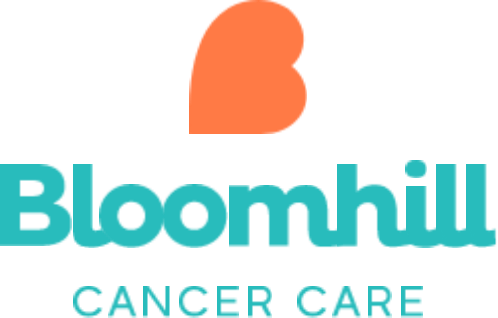The information in this document is based on resources from Cancer Council, BCNA, eviQ. All information provided by Bloomhill is based on research and best practice guidelines. Our model of care utilizes the Clinical Oncology Society of Australia (COSA) domains of wellness along with available clinical evidence. Always consult your care team regarding matters that affect your health, this is a guide intended for information only.
Treatments for cancer such as chemotherapy, targeted and immunotherapies, hormonal therapies or steroids can cause skin, hair and nail changes. Your skin will be more sensitive to the sun during treatment. It is very important to avoid the sun during treatment and use a good non perfumed zinc based sunscreen (not advised on treatment days or when undergoing radiation do not apply sunscreen to the treatment area – if applying any creams during radiation they need to be applied one hour before and well absorbed). Chat with your Bloomhill nurse for guidance.
- Use a soap-free wash when showering. Gently pat your skin dry with a towel rather than rubbing it. Dove comes well recommended as does QV products and reasonably priced (your Bloomhill nurse may have a sample to provide).
- Use a good quality moisturising lotion or a cream containing the ingredient urea to help with the dryness.
- Wear loose, non-restricting clothing. Choose clothes made from soft cotton fabric instead of rough wool or synthetic fibres.
- Use mild detergent to wash your clothing if you have sensitive skin.
- Don’t shave or wax until your skin is healed.
- Protect your skin from the sun when UV levels are 3 or above. Wear high-protection sunscreen (SPF 50+), a broad-brimmed hat, protective clothing and sunglasses, and try to stay in the shade. This advice applies to everyone, but is especially important for people having chemotherapy.
- Avoid chlorinated swimming pools as the water can make skin changes worse.
- If your skin becomes red or sore in the area where the intravenous device went in, let your doctor or nurse know immediately.
Some cancer treatments may affect your skin and nails. Their condition and appearance may change, depending on the drug or treatment you are having. Tell your doctor or nurse about any skin changes.

If you have dry skin, these tips may help:
- Wash with lukewarm water using mild, unperfumed, soap-free cleansers. Soap will make your skin drier.
- Use unperfumed bath and shower products. If your skin feels sensitive, or if you are having a targeted therapy drug, avoid products containing colouring.
- Avoid having long, hot showers or baths which will make your skin drier. Pat your skin dry instead of rubbing it. Use a clean, soft towel.
- Moisturise your skin regularly. This will keep it supple and less likely to become dry and itchy. Apply lotions, creams or ointments soon after you have washed.
- Keep your nails short to protect your skin from scratches.
Skin reactions caused by radiation therapy are also known as radiation dermatitis, and occur to some degree in most patients undergoing radiation therapy. Skin changes from radiation therapy will only occur in the area that is being treated. Whether you may experience skin changes will depend on:
- The area that is being treated
- How much radiation therapy you are receiving and how it is being given
- Any other treatments or medications that you may be taking
- Your age and overall health
Changes can include:
- A change in skin colour (from slight pink to red)
- Itching
- Dryness or peeling
- Irritation
- Blistering, weeping
- Pain or swelling
Avoid perfumes, wear loose fitting clothing.
Resources;
- EviQ. (2018). Management of radiation induced skin reactions. Retrieved on 5 August 2020 from https://www.eviq.org.au/clinical-resources/radiation-oncology/side-effect-and-toxicity-management/1477-management-of-radiation-induced-skin-reaction
- EviQ. (2014). GP fact sheet – common radiation therapy side effects. Retrieved on 5 August 2020 from https://www.eviq.org.au/clinical-resources/health-professional-fact-sheets/3079-gp-fact-sheet-common-radiation-therapy-side
- 3101-Skin changes and skin care during radiation therapy | eviQ



